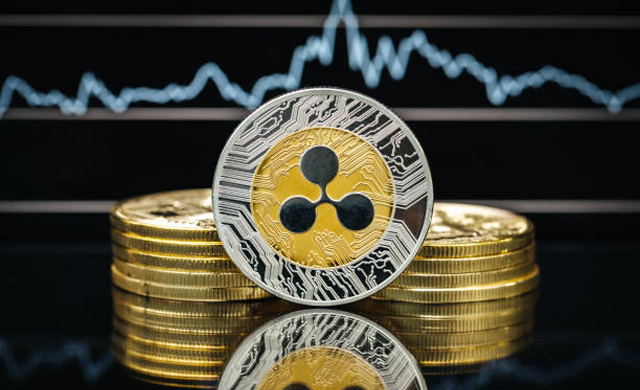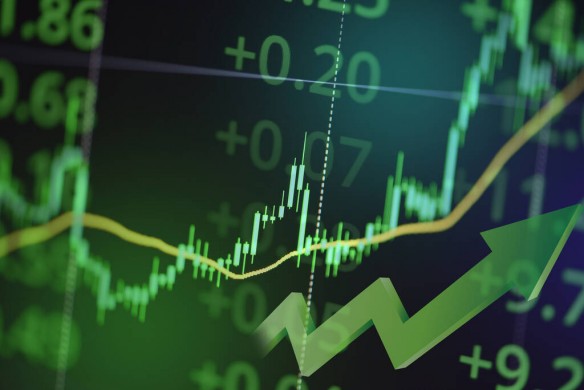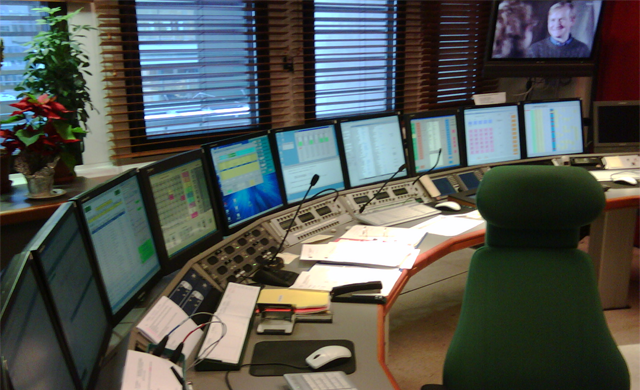XRP’s Market Position
XRP has staged a strong comeback on the global financial stage, reclaiming its place among the world’s top 100 assets by market capitalization. According to CompaniesMarketCap, the digital asset now holds the 98th position with a market value of $182.08 billion, placing it alongside some of the most established corporations worldwide. This milestone underscores renewed investor confidence in XRP and signals the broader acceptance of digital assets as credible players in the same league as traditional stocks, commodities, and other financial instruments. At its current price of $3.06, as reported by CoinGecko, XRP’s performance highlights its resilience in a market often marked by volatility and skepticism.

The asset’s upward momentum is not the product of speculation alone but is driven by a confluence of fundamental factors. The growing adoption of tokenized assets, Ripple’s expanding network of strategic partnerships, and increasing institutional interest have collectively strengthened XRP’s market presence. Furthermore, recent progress toward regulatory clarity has eased concerns for both investors and enterprises, positioning XRP as more than just a speculative cryptocurrency. Together, these developments reinforce its evolving role as a bridge between the crypto sector and mainstream finance, while also hinting at the long-term utility and relevance of the XRP Ledger in global transactions.
BlackRock and Tokenization
While XRP’s resurgence is a major milestone in itself, an even larger opportunity lies ahead with BlackRock’s push into tokenized assets. The world’s largest asset manager, overseeing more than $10 trillion in assets under management, has openly embraced the idea of bringing real-world assets such as equities, bonds, and real estate onto blockchain networks. This shift represents more than just an experiment in digital finance—it signals a structural transformation in how global assets will be traded, stored, and settled in the future. For blockchain ecosystems, tokenization offers the chance to showcase speed, transparency, compliance, and cost efficiency, while for investors it unlocks fractional ownership and global liquidity.
Among the contenders poised to benefit from this transition, the XRP Ledger (XRPL) stands out as a natural fit. Known for its fast transactions, low fees, and energy-efficient infrastructure, XRPL was designed with real-world financial use cases in mind. Its built-in decentralized exchange, token issuance capabilities, and compliance-friendly frameworks give it an edge over chains that focus primarily on hype-driven speculation. If BlackRock expands its tokenization strategy beyond Ethereum—the current leader in RWA pilots—XRPL could become a prime choice for high-volume, cross-border settlement of tokenized assets. With its growing interoperability and integration with financial institutions, the ledger is positioned to connect liquidity channels and enable seamless circulation of tokenized funds worldwide, reinforcing XRP’s expanding role in the future of global finance.
Conclusion
XRP’s return to the global top 100 assets and the rising prospects of BlackRock’s tokenization strategy highlight a pivotal moment for digital finance. On one hand, XRP’s $182.08 billion market cap and renewed investor confidence affirm its resilience and growing utility in mainstream markets. On the other, the potential integration of tokenized real-world assets through the XRP Ledger offers a pathway for the asset to play a central role in reshaping global financial infrastructure. Together, these developments position XRP not only as a leading cryptocurrency but also as a bridge between traditional finance and the blockchain-powered future of asset management.
Learn from market wizards: Books to take your trading to the next

 Hot Features
Hot Features












